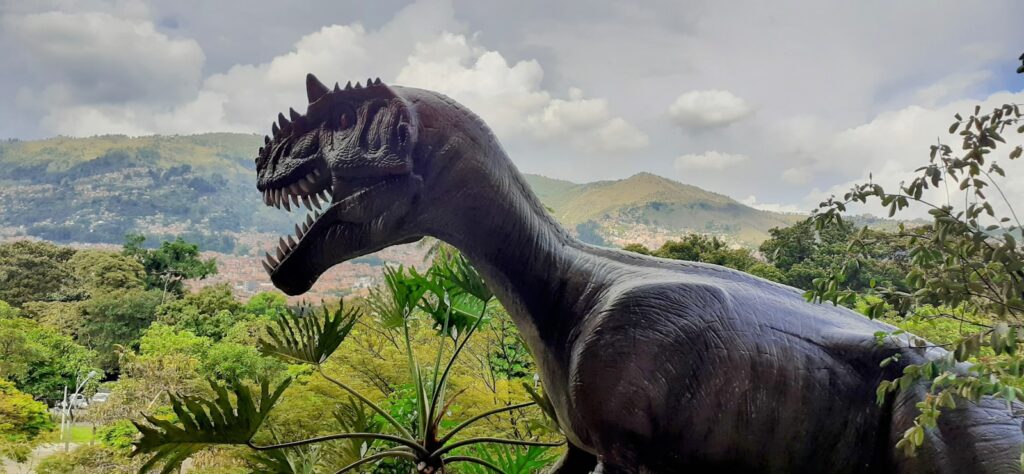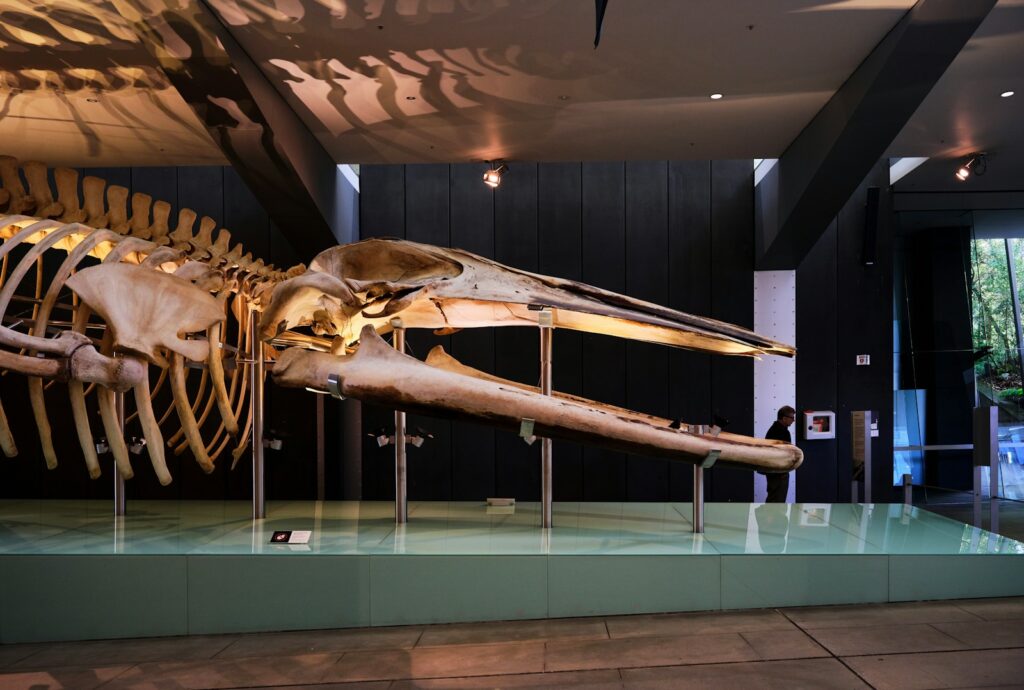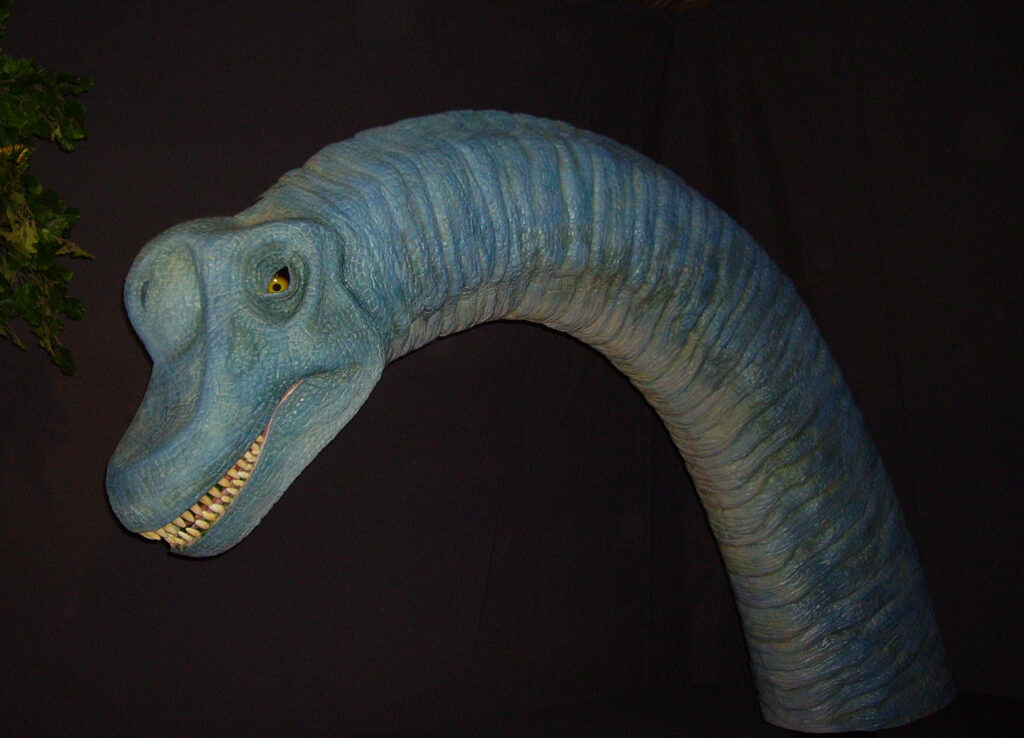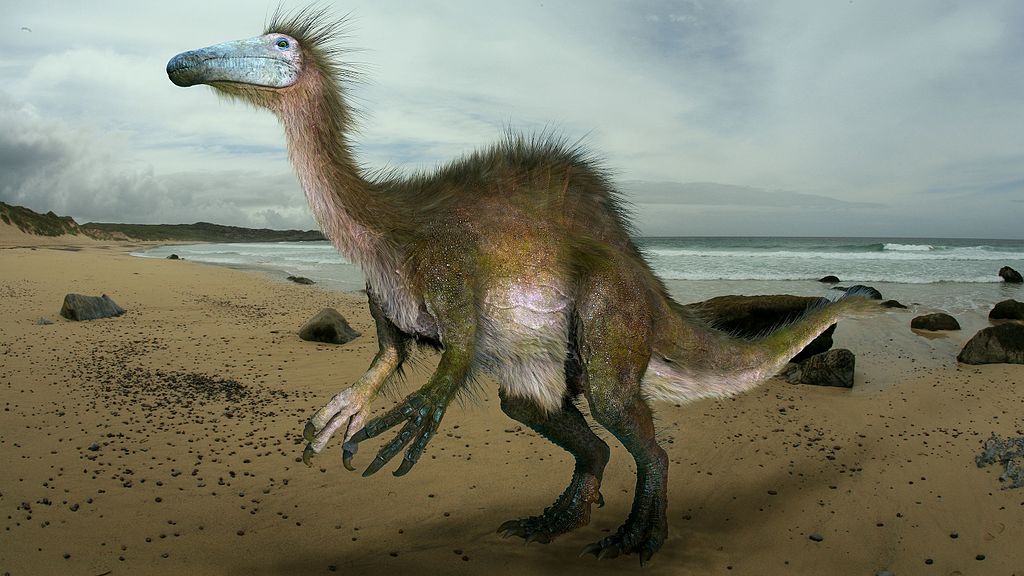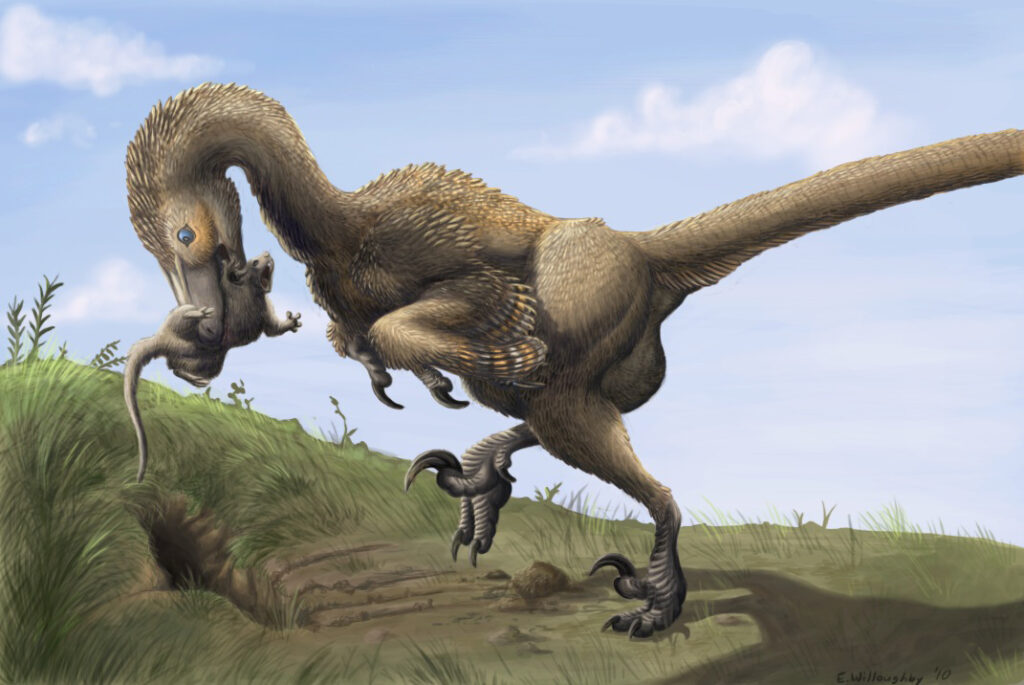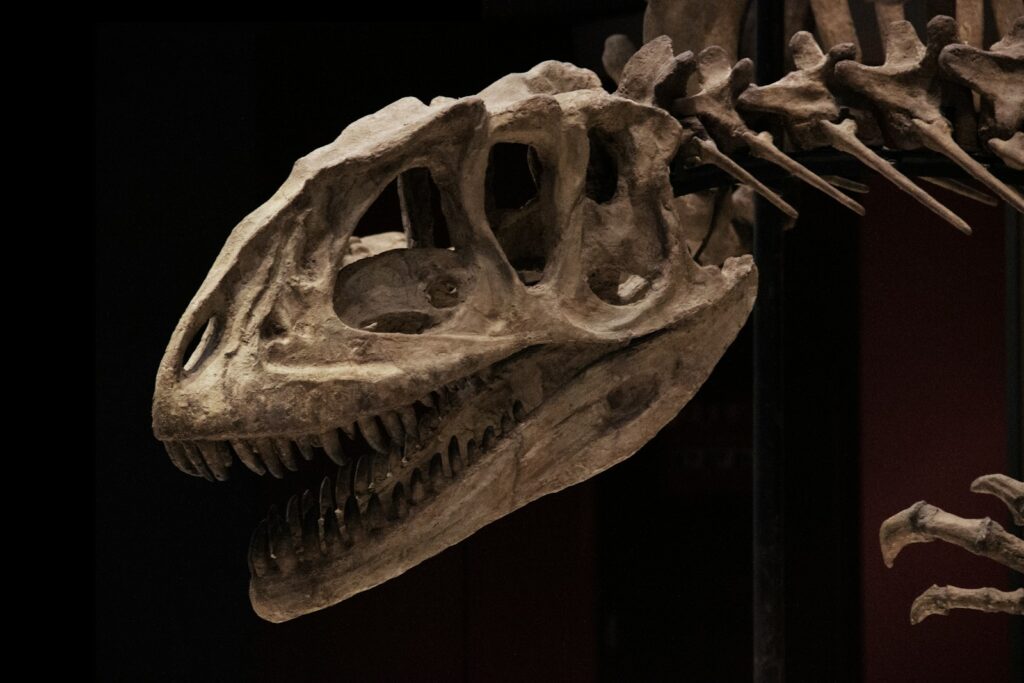What Each Dinosaur Era Reveals About Evolution
Imagine walking through a prehistoric world where colossal beasts thunder across ancient landscapes, their every footstep echoing through time to tell us stories of survival, adaptation, and the relentless march of evolution. The dinosaurs didn’t just rule the Earth for over 160 million years—they rewrote the very rules of life itself, leaving behind clues that ...

